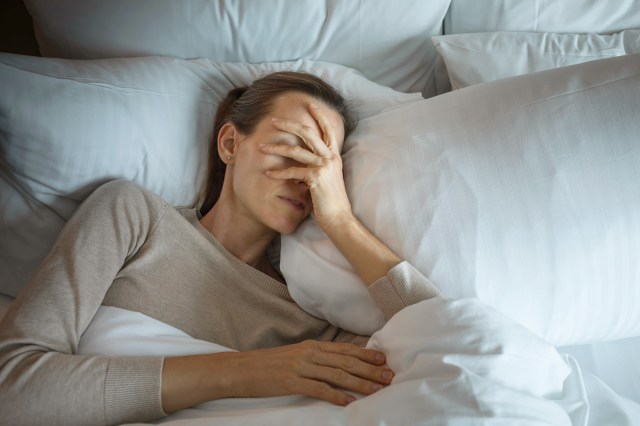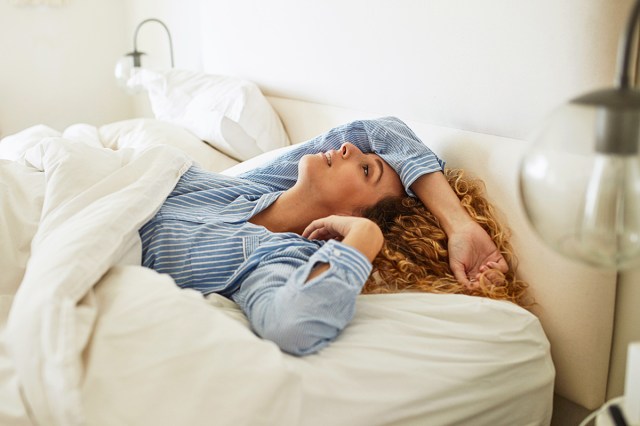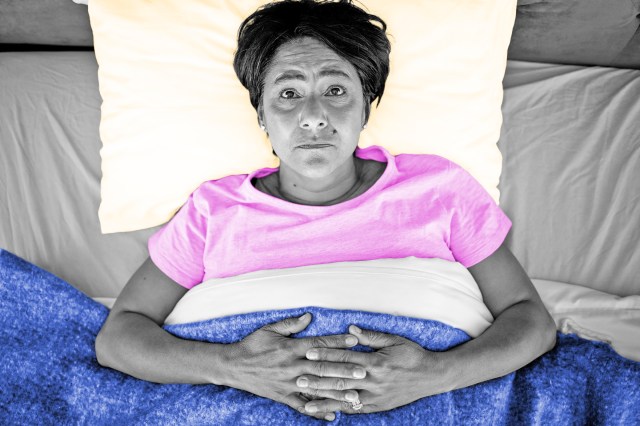
What Is the First-Night Effect?
Essentially, the brain doesn’t fully power down during the first night in a new environment, causing travelers to feel worn out the next day. Research shows one brain hemisphere, usually the left, remains more alert throughout the night, subtly monitoring our new environment for threats to keep us safe. The first-night effect has been well documented for decades, so much so that sleep scientists tend to throw out the first night’s data of any sleep study because of the way the effect skews results.
In 2016, researchers from Brown University explored this phenomenon by monitoring brain activity among participants in a sleep lab. During the first night, the left side of their brains reacted strongly to irregular beeping sounds, while the right side maintained a deeper sleep. By the second night, neither hemisphere responded strongly to the beeping, indicating a deeper sleep for both, with the left hemisphere’s initial wary response subsiding.
Scientists suggest this is because the environment had become more familiar by the second night and therefore was perceived as less of a threat. The study concluded that “troubled sleep in an unfamiliar place is an act of survival.”

It’s Animal Instinct
The partial brain alertness seen in the first-night effect mirrors how animals remain vigilant in the wild, hinting that this phenomenon is an evolutionary adaptation for survival. Many animals have developed their own versions of this type of asymmetrical sleep to protect themselves from danger. Humans and some mammals exhibit bihemispheric slow-wave sleep (BSWS), wherein both hemispheres are technically asleep, but one side can remain more vigilant.
However, other animals have evolved one step further. Some species, including whales, dolphins, fur seals, sea lions, and certain birds, exhibit unihemispheric slow-wave sleep (USWS), in which only one hemisphere is asleep at a time, giving them an even greater ability to perceive threats while asleep. This allows some animals, such as birds and dolphins, to literally “sleep with one eye open” to detect predators.
While these animals rely on this strategy regularly, humans typically only make use of it during exposure to a new environment, reinforcing the idea that this is a deep-rooted instinct meant to protect us, not inconvenience us.

Beyond the First Night
While the first-night effect is most prominent during your first shuteye away from home, research suggests it may extend beyond a single evening. For some travelers, it can cause interrupted sleep for several days, negatively affecting mood and energy levels during a trip as a result. One culprit of this extended FNE could be its impact on rapid eye movement sleep (REM), a crucial phase of the sleep cycle linked to memory and emotional regulation.
In one sleep study, researchers recorded the impacts of REM while participants slept in a new environment for several nights. Results showed the FNE’s impacts on REM sleep extended up to the fourth night.
According to Harvard Medical School, “REM sleep is so important that if you don’t get enough one night, your body will naturally increase it the next — you’ll enter this stage earlier and stay in it for longer. This is known as REM rebound.” Basically, if the FNE wreaks havoc on your REM cycle one night, it can cause further disruptions in your sleep cycle, resulting in a ripple effect and many subsequent sleepless nights.
More Interesting Reads

How To Minimize the First-Night Effect
As Rebecca Robbins, assistant professor of medicine at Harvard Medical School, told National Geographic, “The truth is that when we are in an unfamiliar environment, we fundamentally have a harder time unwinding.” Robbins, a leading researcher in circadian health, is working to identify behavioral changes to help patients improve sleep. But regardless of the FNE’s impacts and longevity, there are some ways to make your brain settle down and rest more deeply while in a new place.
The trick is to minimize the effect by introducing comforting and familiar sensory cues that signal to your brain you’re in a safe environment. Simple steps such as bringing your own pillow, using a familiar body lotion or essential oil, or playing calming music or a noise machine can create a sense of safety. These small comforts of home may be just enough to trick your brain into thinking you’re not in a foreign place, allowing you to sleep more soundly and, hopefully, feel more rested during your travels.












